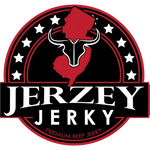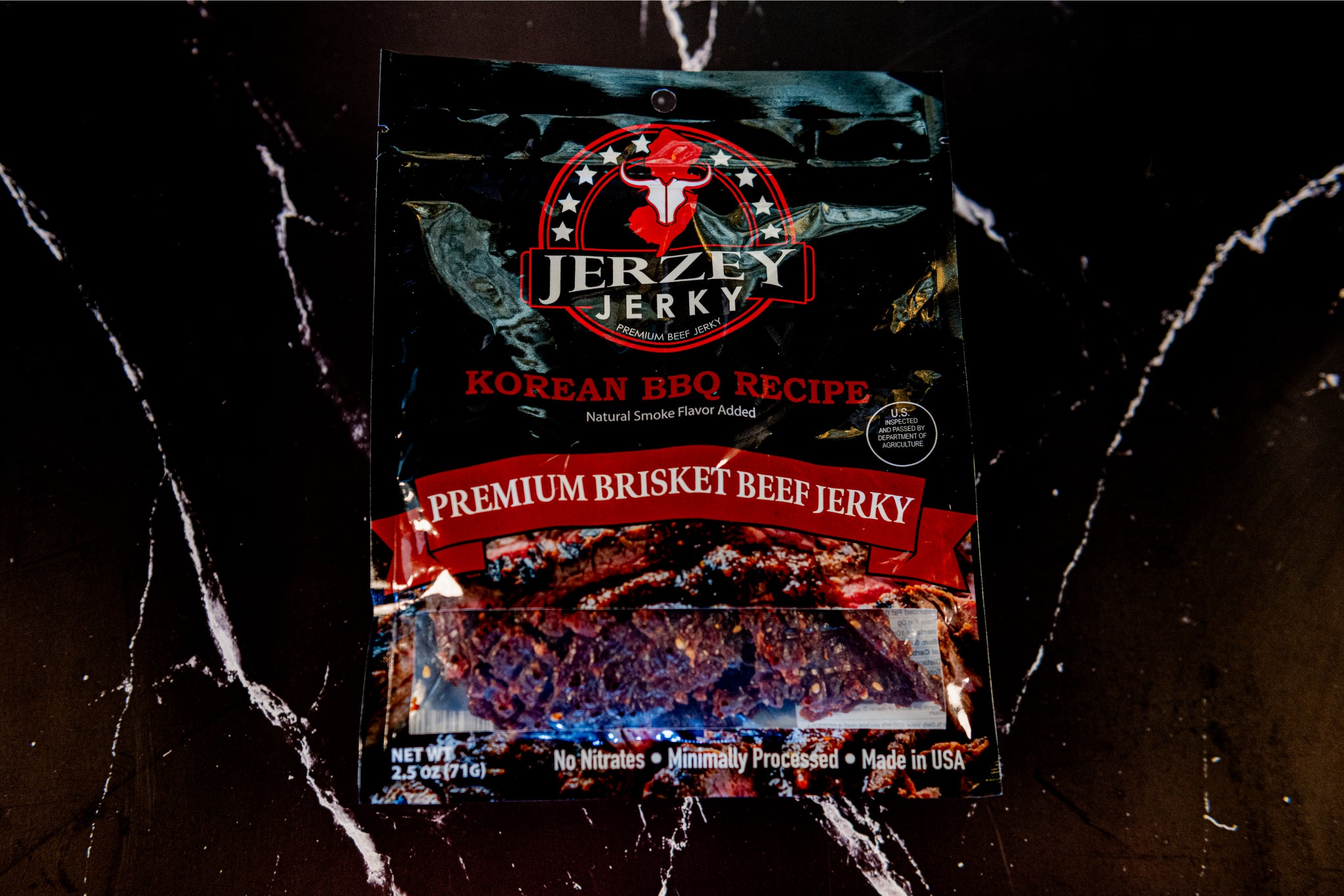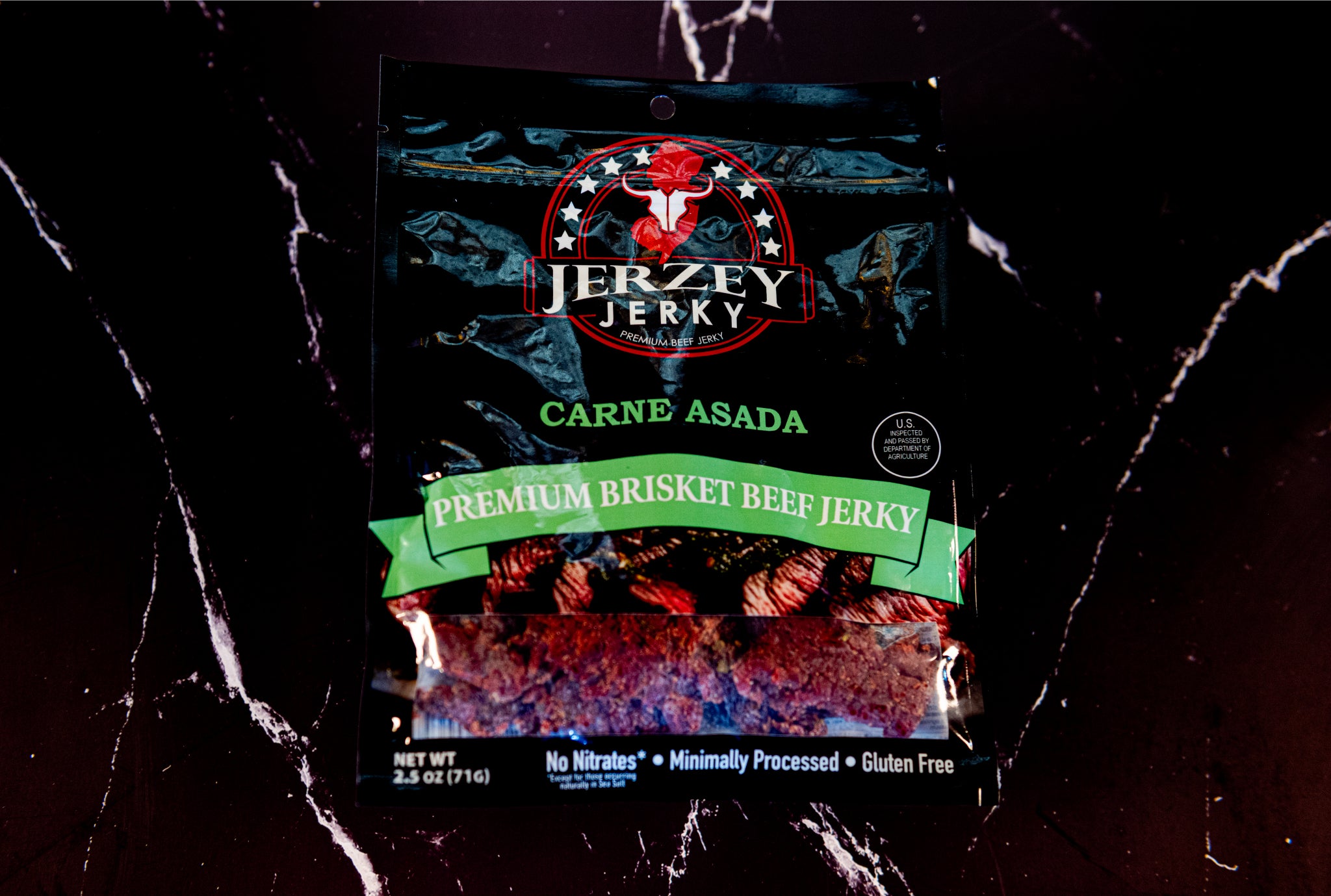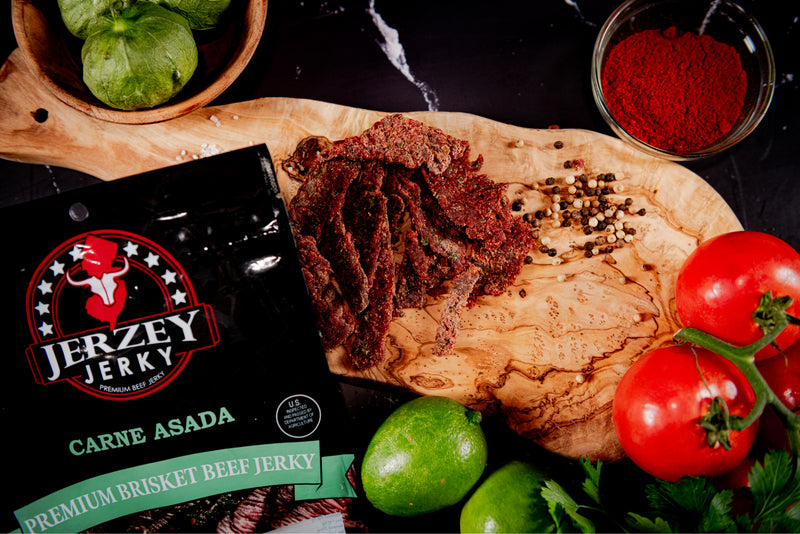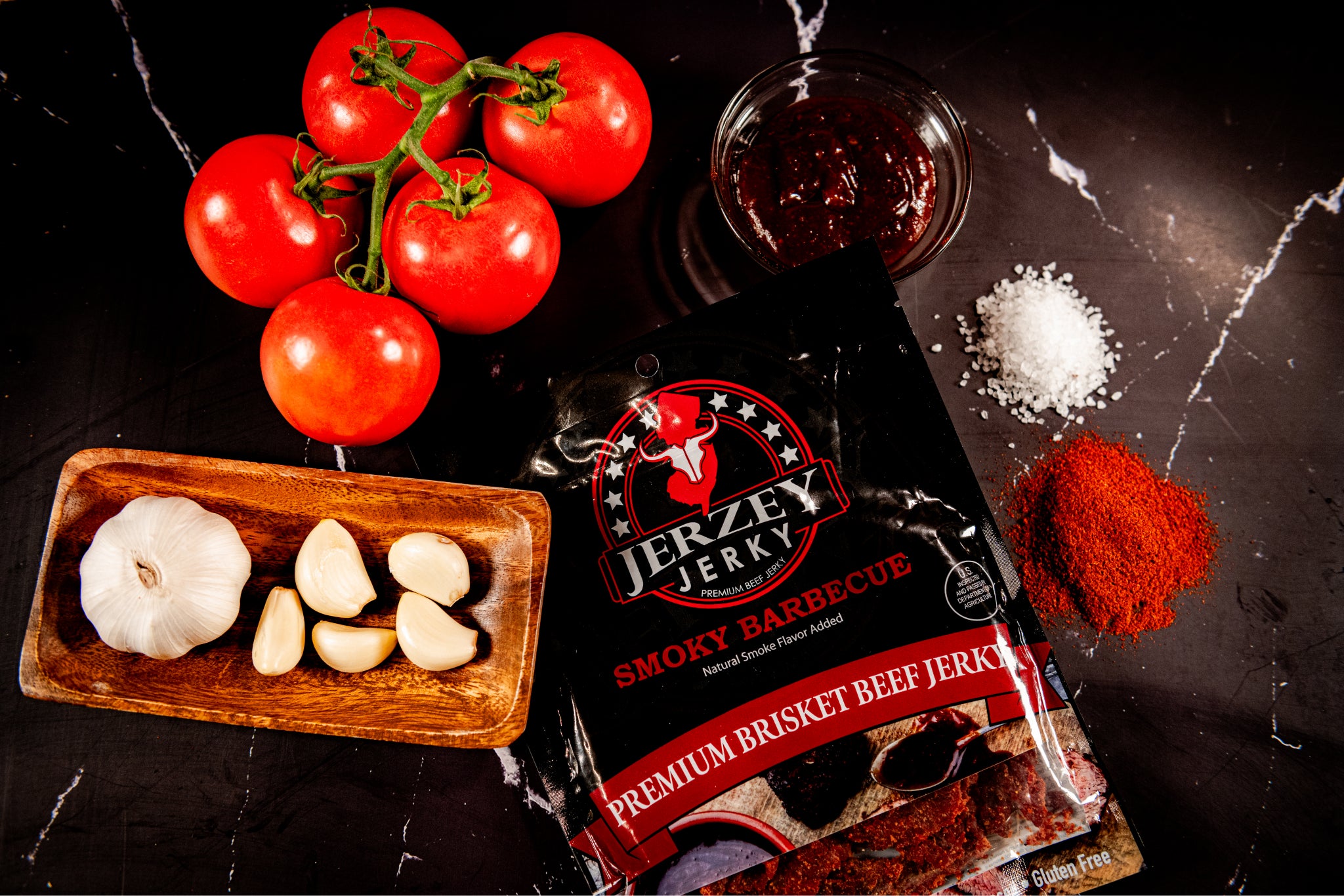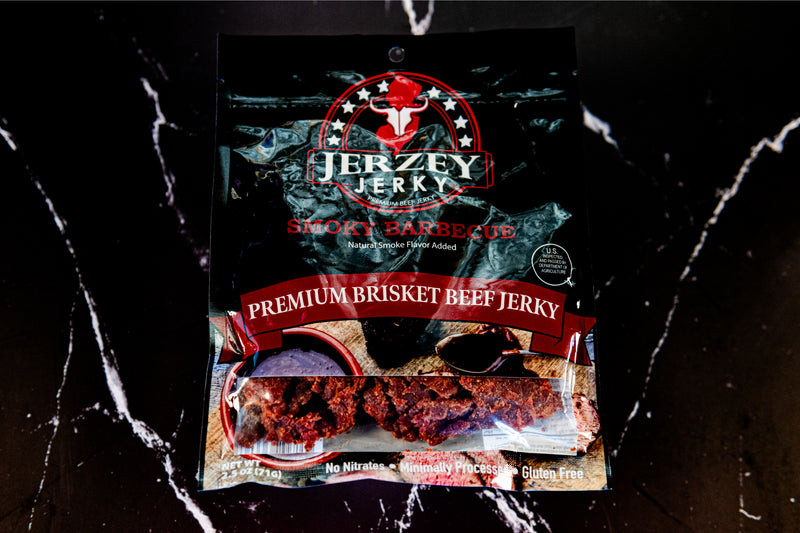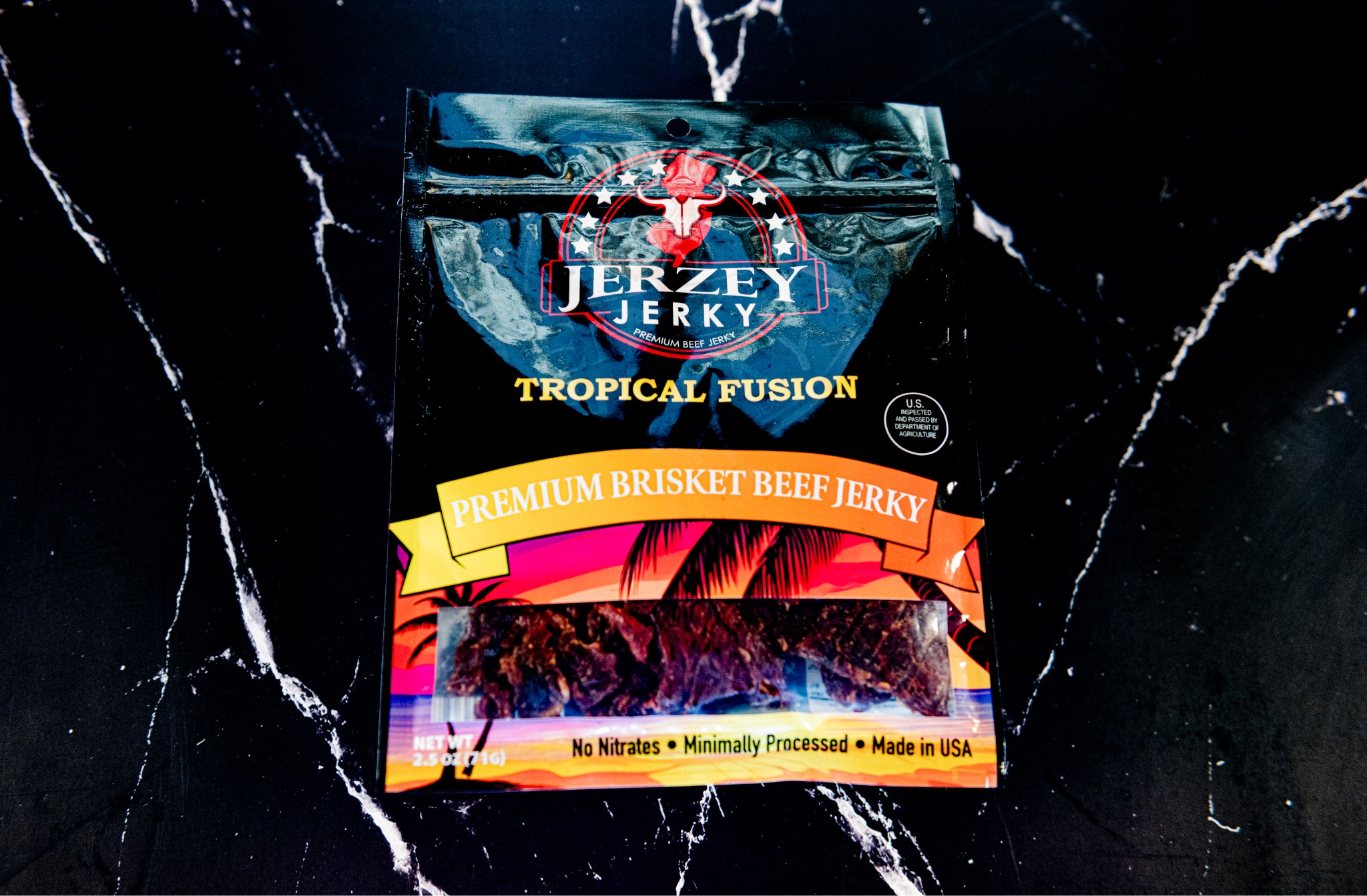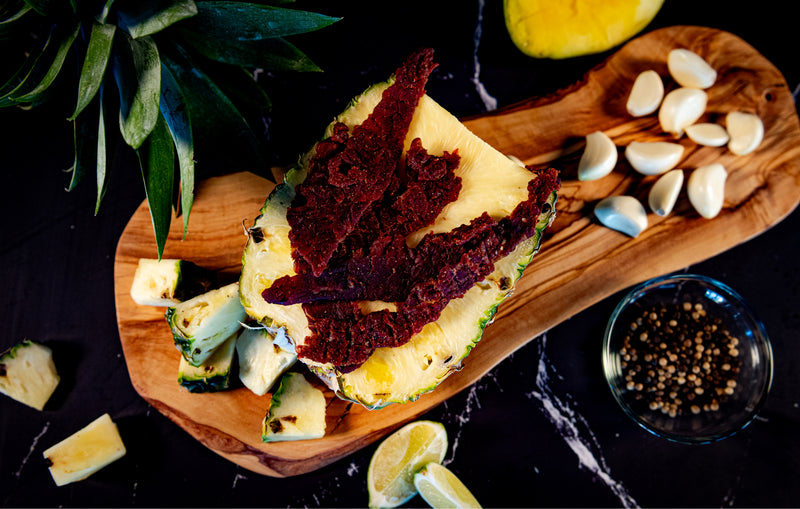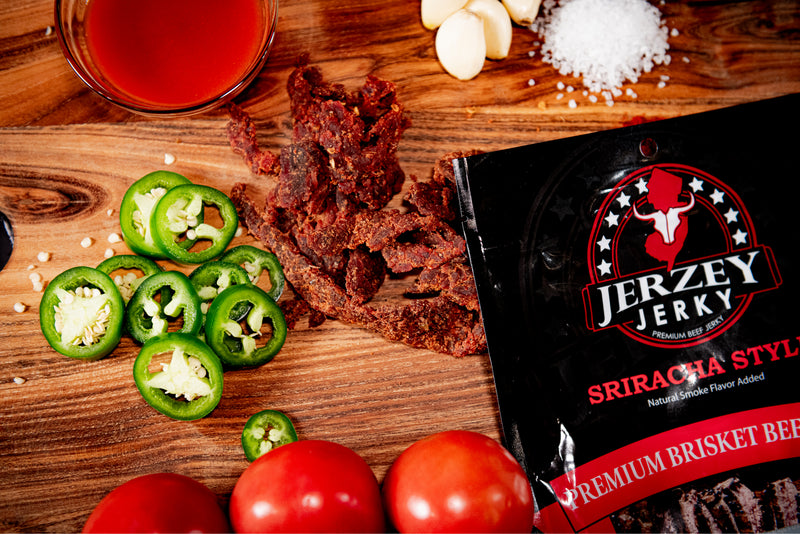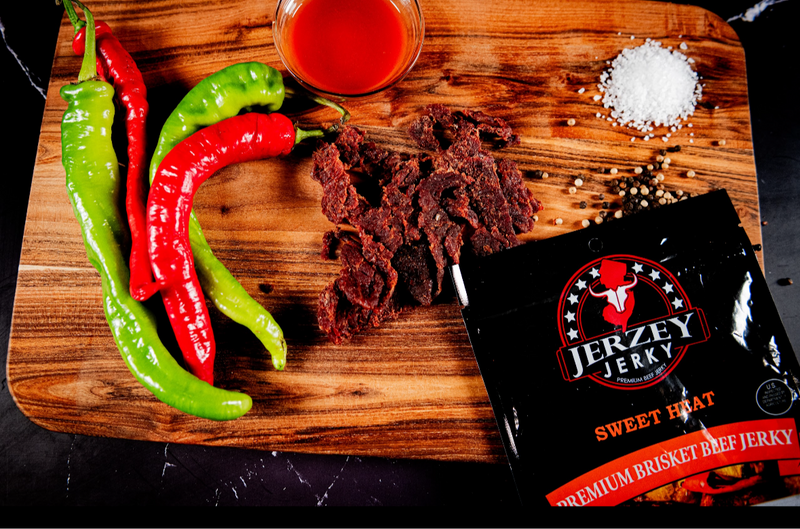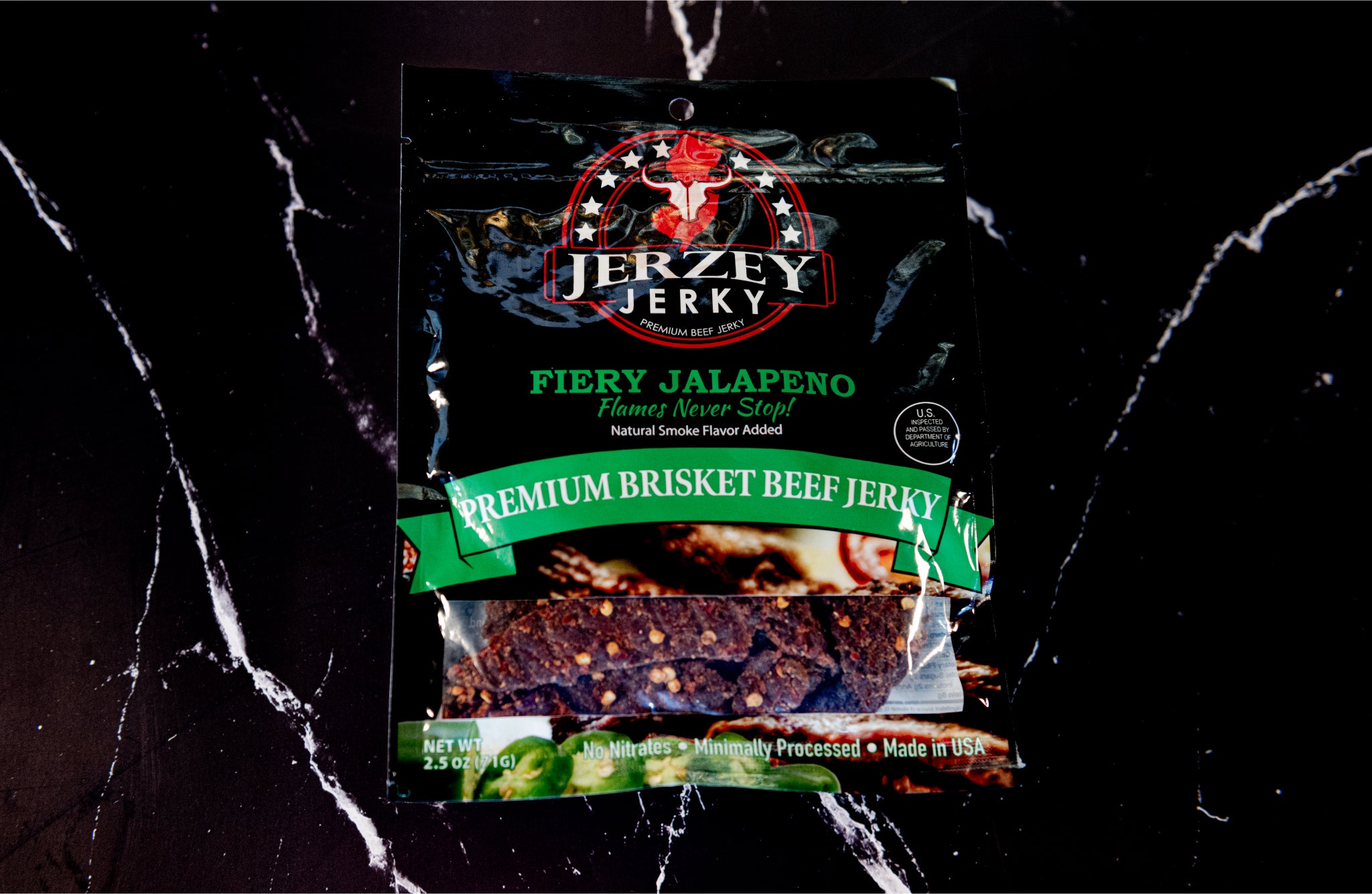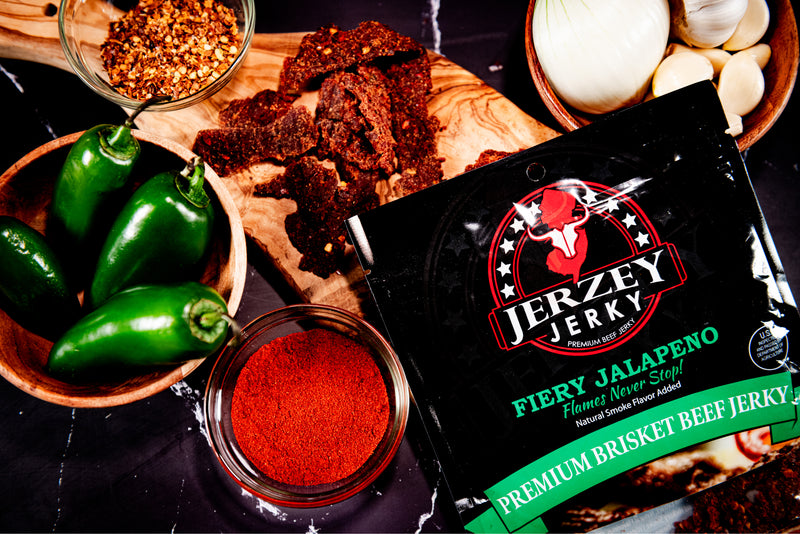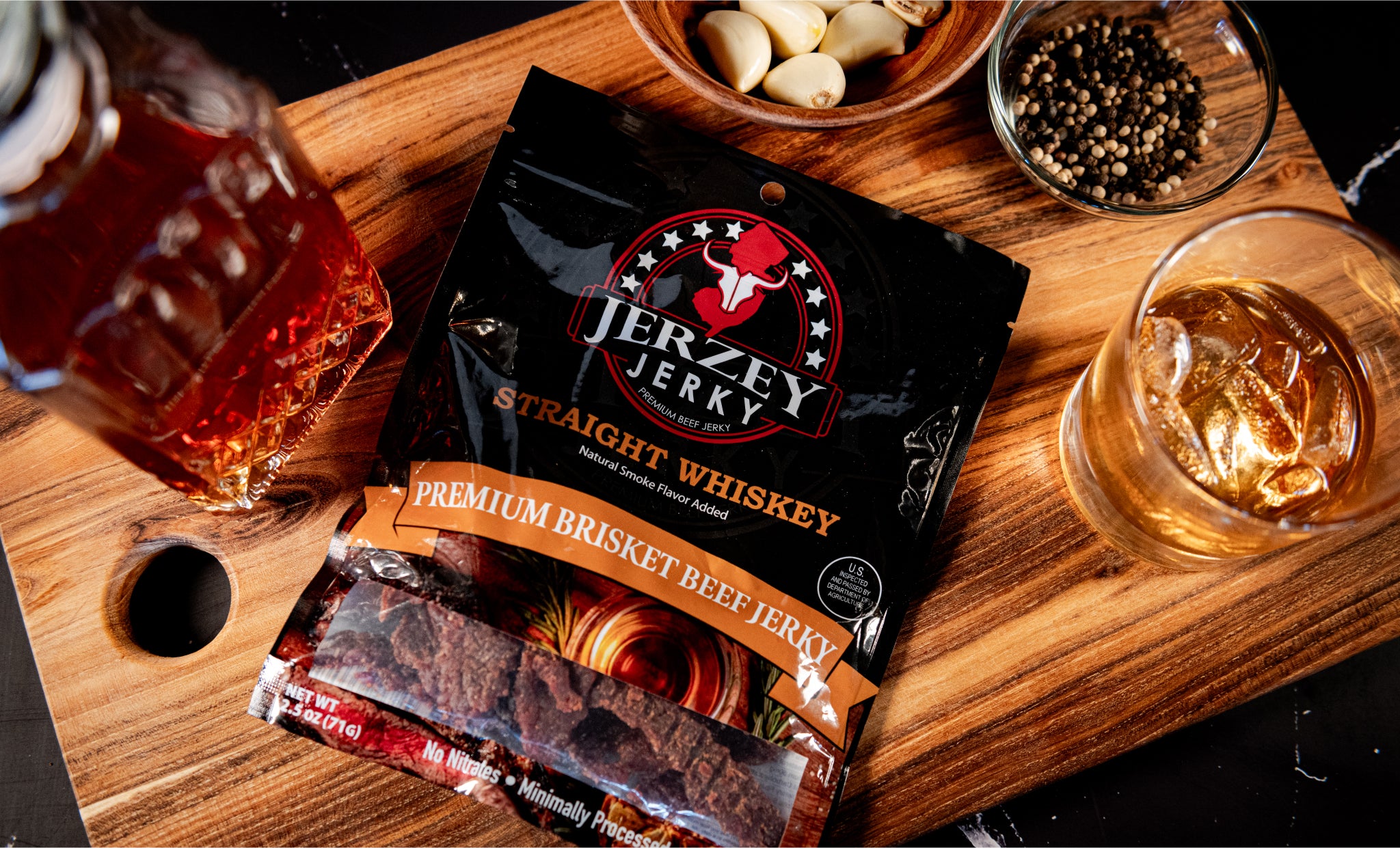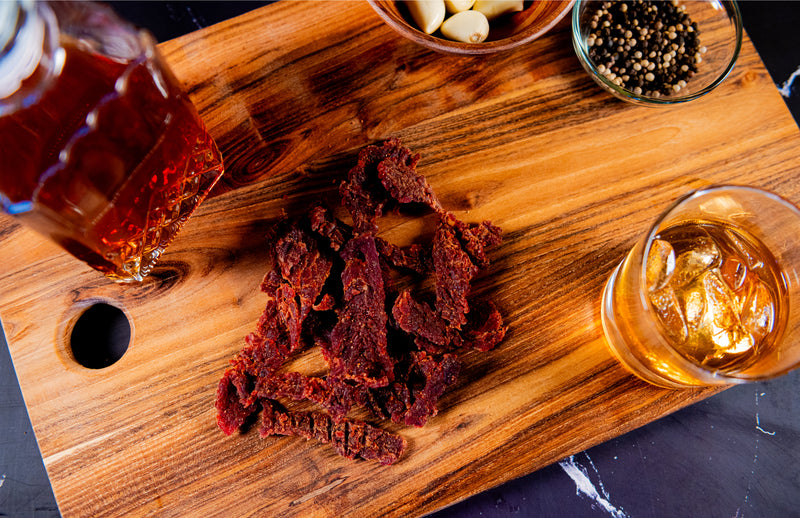
Rib Beef: Nutritional Value, Cooking Methods, and How to Identify
Rib beef is the portion of the rib primal of the cow between the loin and chuck. It contains ribs 6-12. The section offers highly considered cuts such as standing rib roast and ribeye steak.
A study done in 2018 by Texas A&M University found that rib cuts have higher fat than the loin and round cuts. This fat, also known as marbling, renders out during the cooking process, making it more tender, juicy and tasty.
According to research conducted by the University of Missouri in 2020, rib beef is best cooked in dry-heat preparations like roasting and grilling. Heat maximizes the taste and texture of meat.
Rib beef can be distinguished by its thick marbling, and curved rib bones, and soft muscle structure, which portends quality and tenderness.
What is the Nutritional Value of Rib Beef (Per 100g)
Here are the five key nutritional values of rib beef based on a 100-gram serving:
- Protein: Rib beef contains 21 to 24 grams of protein per 100 grams. This aids in muscle repair, body growth and energy. Rib beef has complete protein with essential amino acids.
- Fat: Fat content varies between 20 and 25 grams depending on the way the meat is trimmed. It contains saturated and unsaturated fat. Rib beef marbling provides flavor and tenderizes meat.
- Calories: A 100-gram serving of rib beef is estimated to have between 280 and 330 calories. Such calories are predominantly fat and protein. The energy aids in maintaining daily body functions and physical exercise.
- Iron & Zinc: Rib beef is rich in iron and zinc. Iron maintains red blood, and zinc aids in the function of the immune system. These are minerals that are more easily absorbed in meat compared to plants.
- Cholesterol: Rib beef contains moderate or high cholesterol. Cholesterol promotes hormone and cell synthesis, and large consumption exposes others to heart-related risks. Combine rib beef with other less fatty protein sources.
Shop the best-selling Teriyaki Beef Jerky - Brisket & Korean BBQ Beef Jerky - Brisket !
What Are the Main Cuts from the Rib Section?
Here are the five main cuts from the rib section, each known for unique texture, shape, and cooking use:
- Ribeye Steak: Ribeye steak is boneless and has no marbling or is not visible. It retains tenderness when cooked at high temperatures. The cut can be grilled because it has a rich taste and tender texture.
- Roast Prime Rib: Prime rib roast is the tender cut served with or without bones. It is highly flavored and moist when roasted at a low temperature. This roast is served on special occasions, large gatherings or family meals.
- Tomahawk Steak: Tomahawk steak is a ribeye with a long exposed rib bone. Its massive size and impressiveness give it prominence. Thick cuts have an intense flavor and are good for grilling or searing.
- Back Ribs: Back ribs are removed from the upper rib cage. These ribs are less meaty than short ribs but with a robust flavor. They are great for slow cooking, barbecuing or braising with spices or sauces.
- Rib Cap: Rib cap refers to the uppermost part of the ribeye. It is very tender and rich in beef flavour. It is a rare cut, tender and is usually served alone or bundled around other steaks in fine dining.
What Are the Best Cooking Methods for Rib Beef?
Here are the three best cooking methods for rib beef cuts, based on their texture and size:
- Steaks: Grilling is perfect and creates a delicious smokiness and crust on the ribeye and tomahawk steak. Pan-searing is more suitable for denser boneless meat, which is cooked off in an oven to avoid unevenness. Broiling can be done inside.
- On Roasts: Prime rib is best roasted in the oven, low and slow, to retain its juicy moist tenderness. Reverse searing is a process taken to enable the roast to be cooked slowly and then seared heavily over high temperature in order to create a crusty flavor.
- With Ribs: Low and slow-smoking or barbecuing back ribs over many hours, induces all-time flavor and tenderness. Ribs that are braised in liquid have connective tissue melted and resulting in tender meat that is wet.
How to Identify Authentic Rib Beef Cuts?
Here are the six key ways to identify genuine rib beef cuts based on quality and origin:
- Certification & Grading: Look for official labels of known beef authorities including USDA Prime or Choice. These certifications validate the quality of the meat, its origin, and grading. Labels assist customers in selecting the rib beef cuts.
- Source Verification Cut: Make sure this cut is the rib prime bone 6-12, which are called ribs by the butcher or seller. Such sub-priminals cuts are ribeye and prime rib, which ensures the authenticity of the rib beef origin.
- Appearance & Texture: Look at a thick fat cap and an even distribution of marbling through the meat. It is to be hard in consistency, containing a deep red colour which denotes its freshness and the superiority of rib beef.
- Bone Structure: With a bone-in cut such as Tomahawk or prime rib, ask that the rib bones be exposed and of the same width and length. The clear bone structure similarly confirms the correct placement and genuineness of the cut in the sectioned river into sections.
- Fat Distribution: Fine, thin streaks of intramuscular fat (marbling) are evenly distributed throughout the muscle in authentic rib beef. Bypass those with large external fat pockets, which usually means poorer trimming or less tender meat.
- Reliable Sellers: Purchase meat at reputable butchers or specialty meat shops or certified online retailers. These sources are known to have high-quality and natural rib beef cuts, which maintain the high quality of the products and their origin to the purchasers.
What are the Buying Tips for Rib Beef?
Here are the three essential tips for choosing the best rib beef:
- Choose USDA Prime: The USDA Prime grade implies the maximum marbling and tenderness. This quality ensures that it has a deeper flavor and moister meat than some lower grades such as Choice or Select, which makes it best suited to high-quality cuts of rib beef.
- Bone-in and Boneless: The bone-in rib usually has a richer flavor since the bone retains more heat and the marrow affects the flavor. Boneless types are simpler to cut and cook faster though they do not have that chunk of flavor that the bone adds.
- Appearance: Seek bright red meat characterized by thin white marbling that is evenly distributed. The appearance is indicative of freshness, good quality, and even distribution of fat deposits that enhance tenderness and palatability of cooked rib beef.
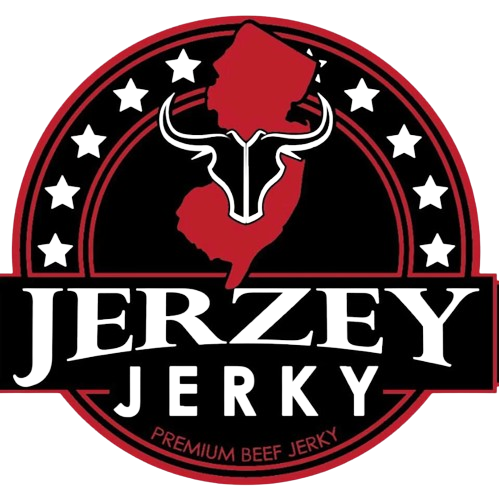
 2025-08-25
2025-08-25
 Wayne Holland
Wayne Holland

